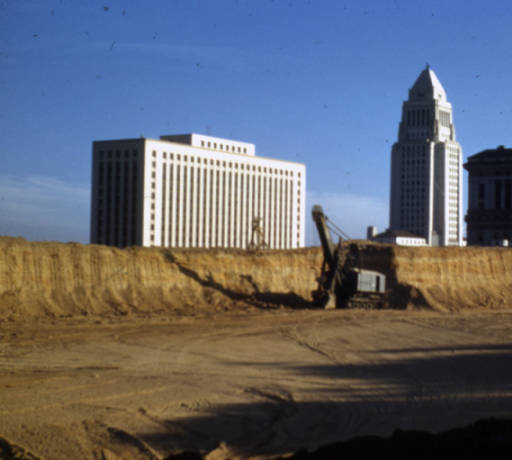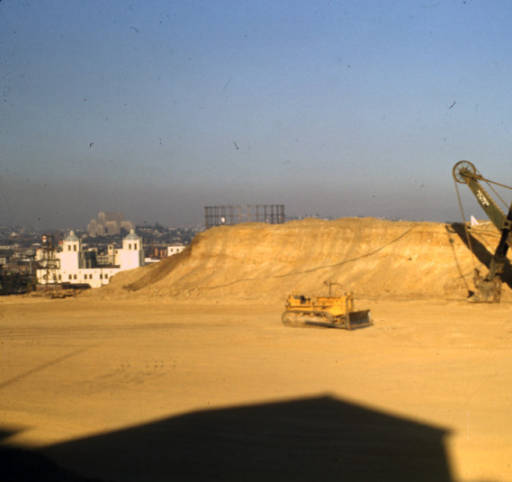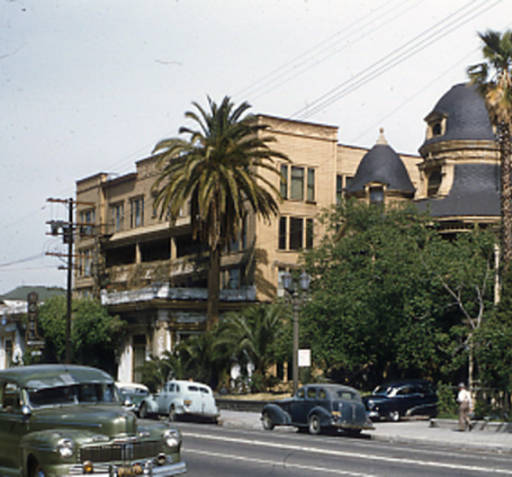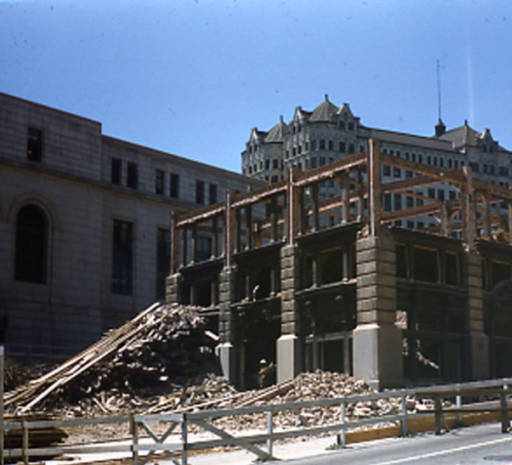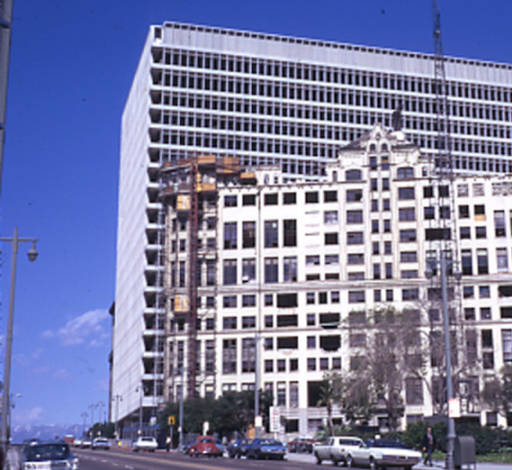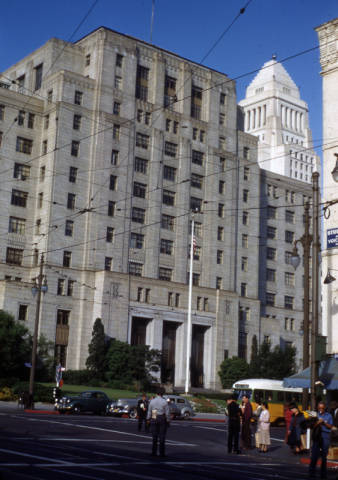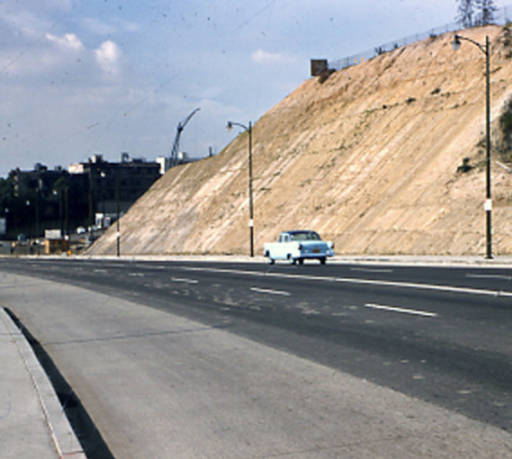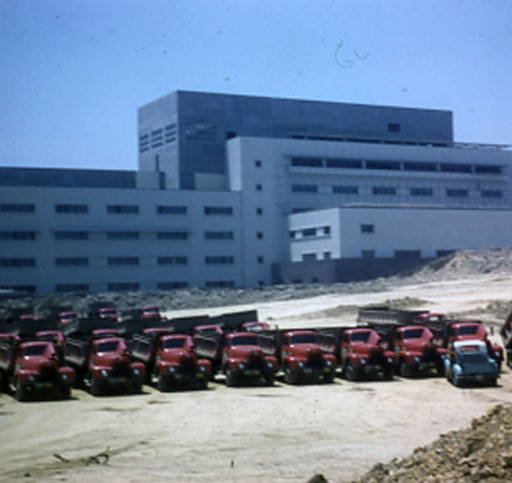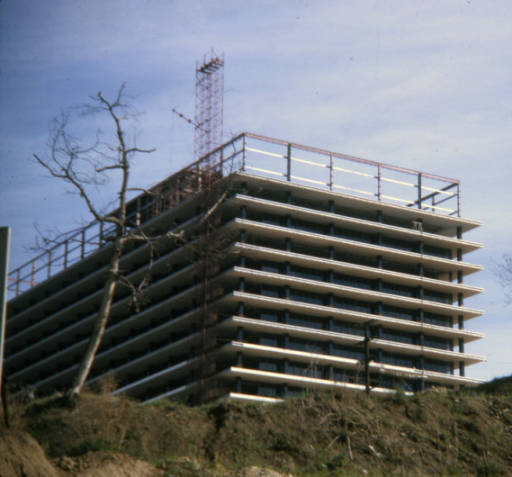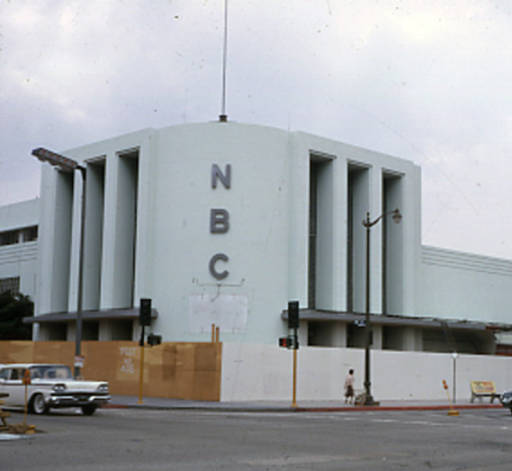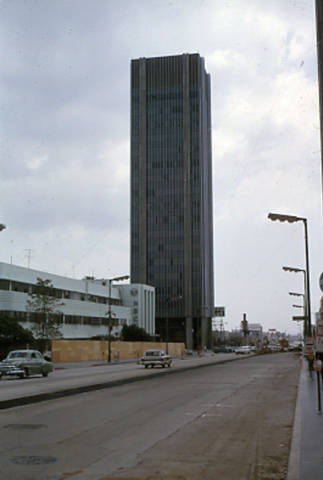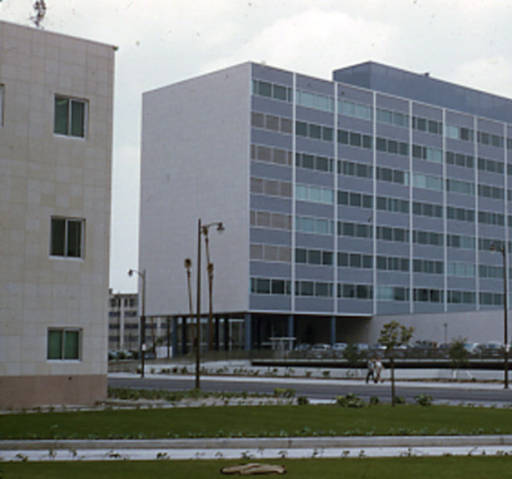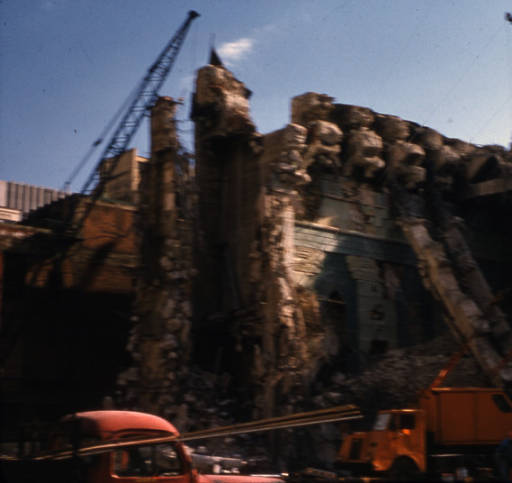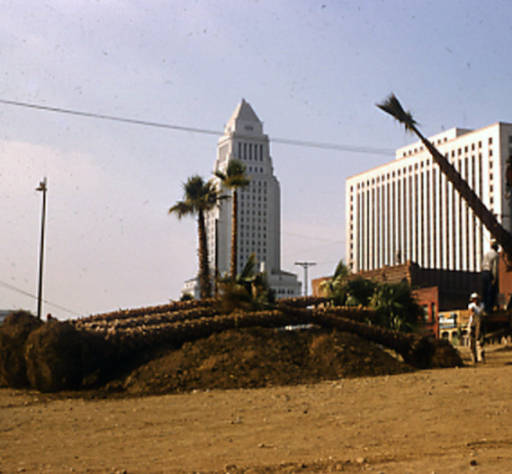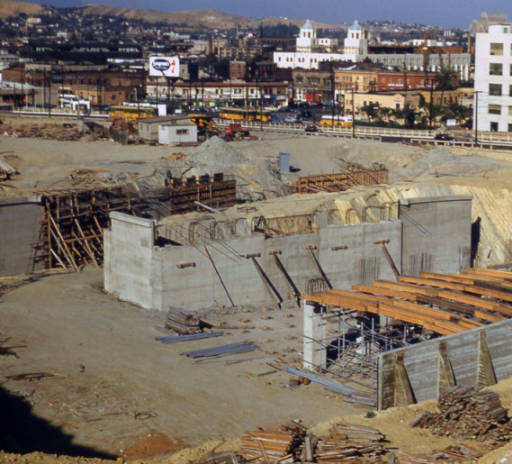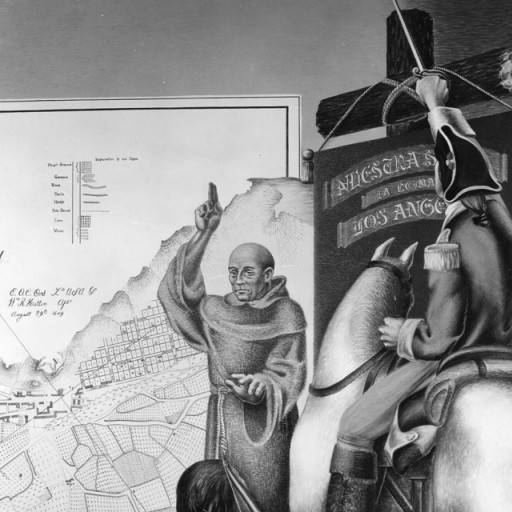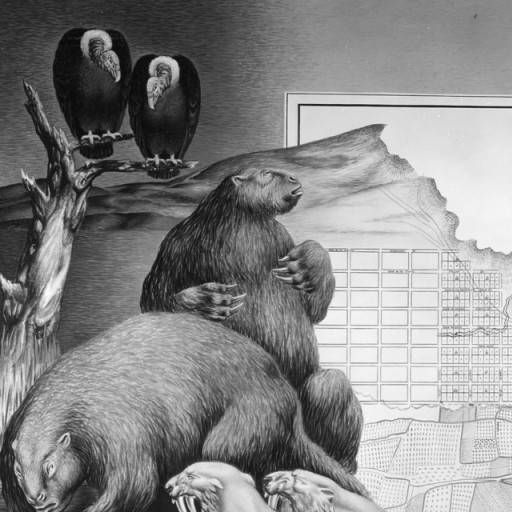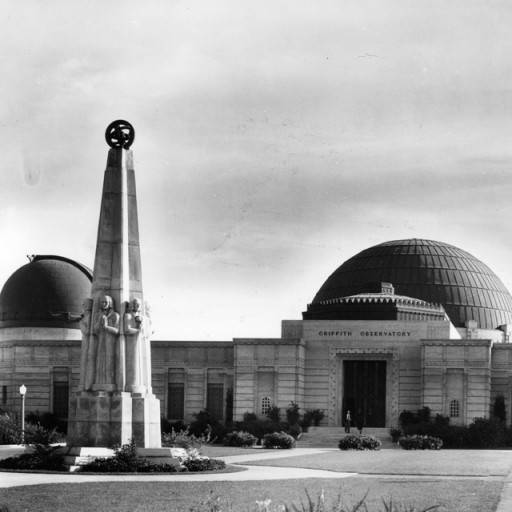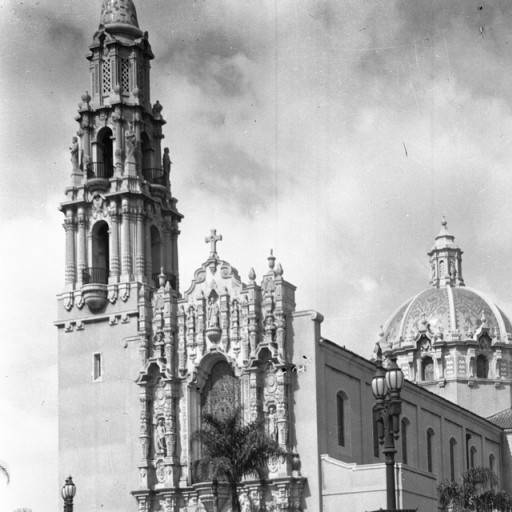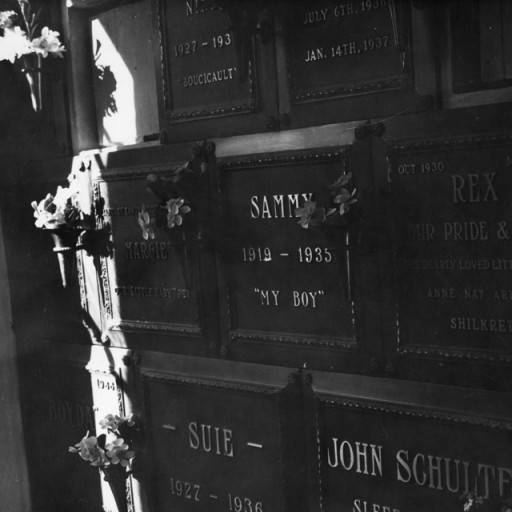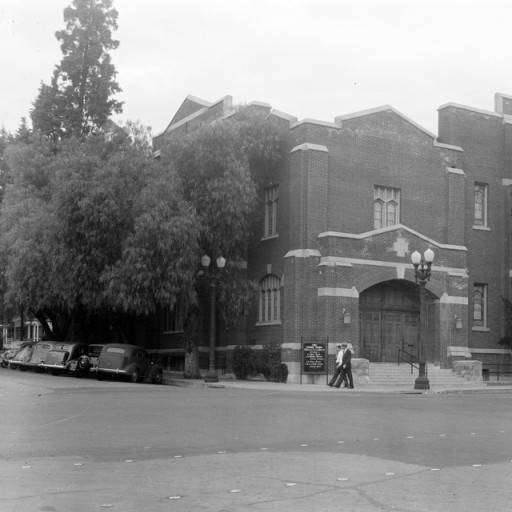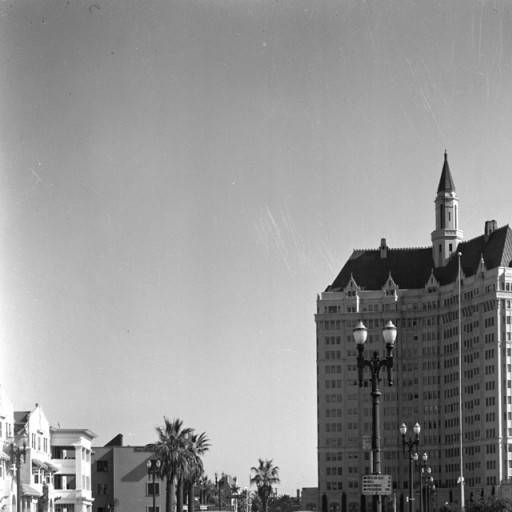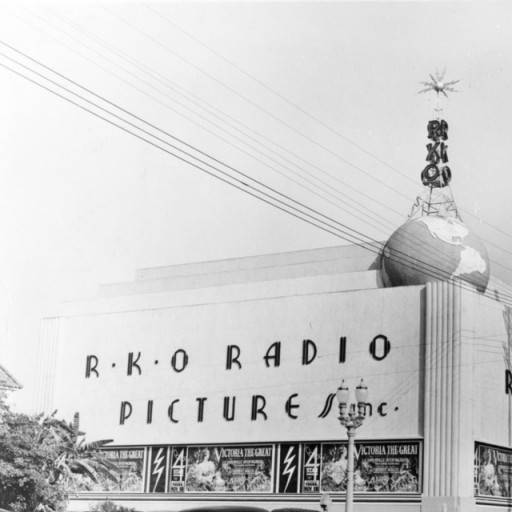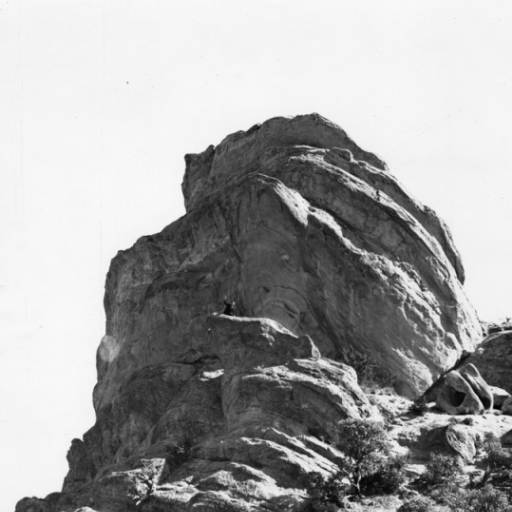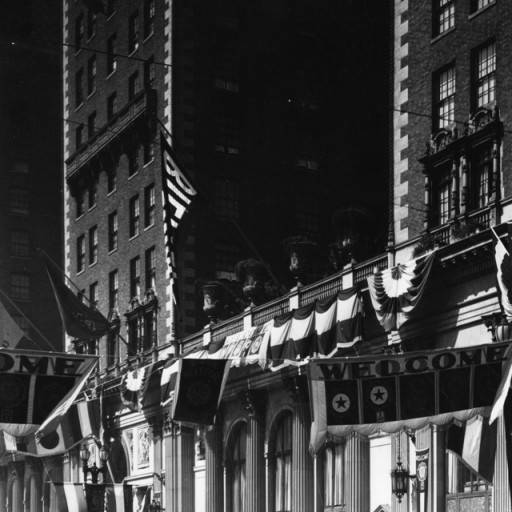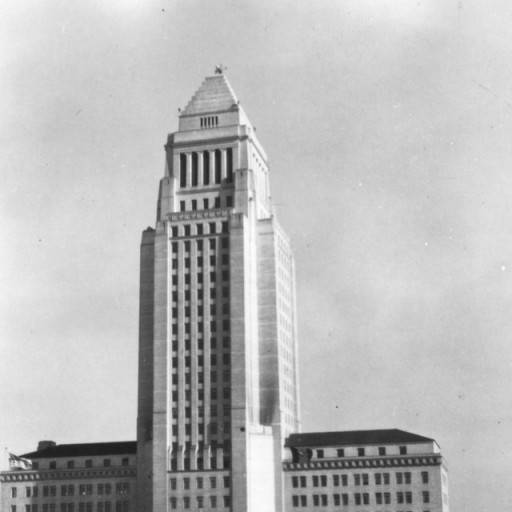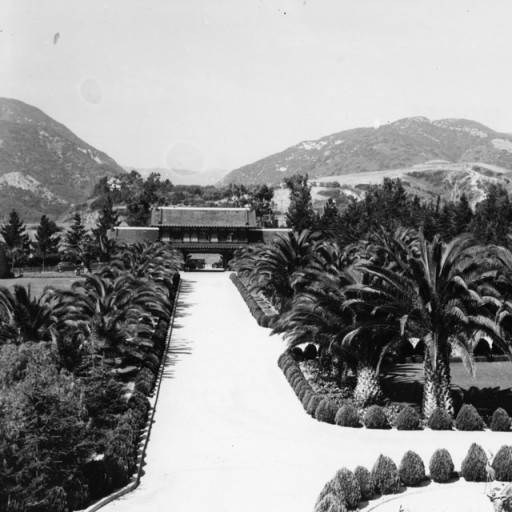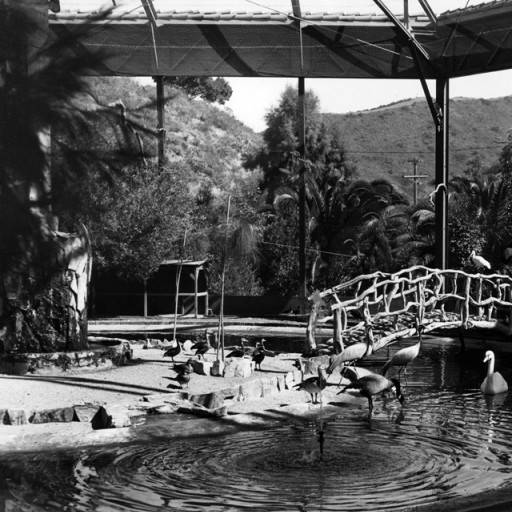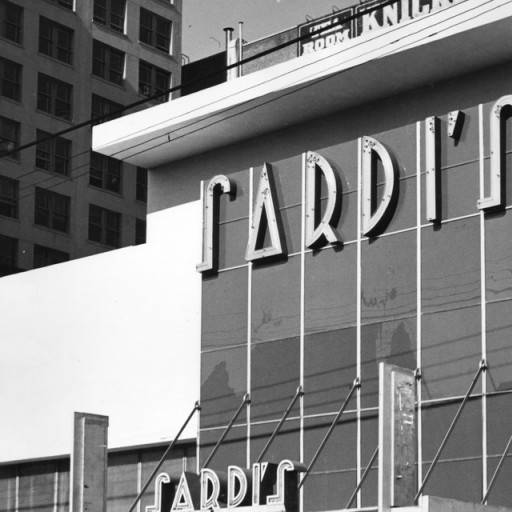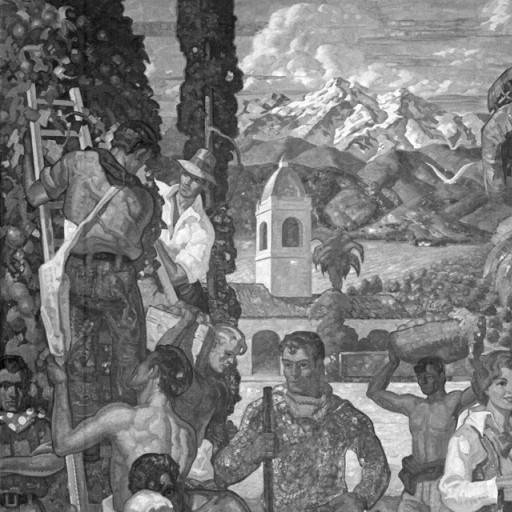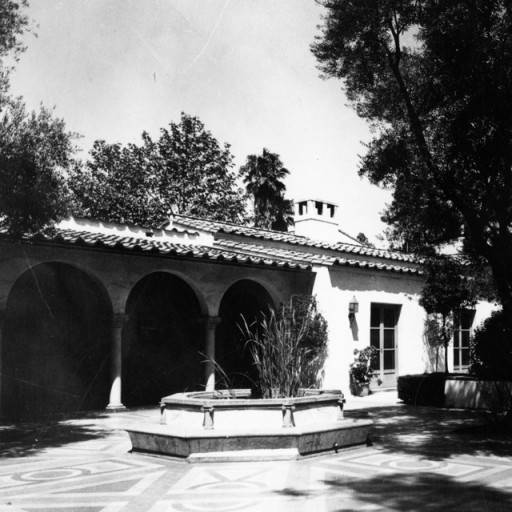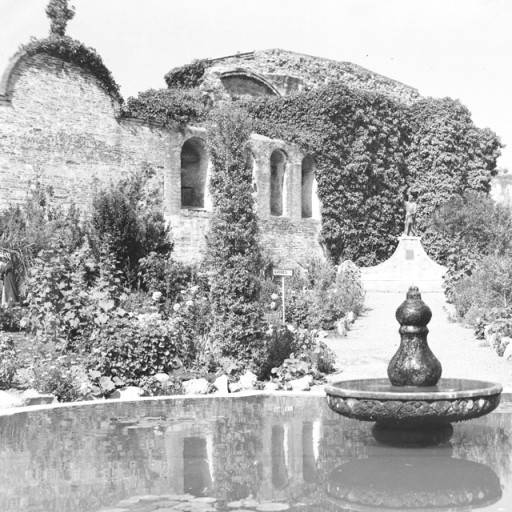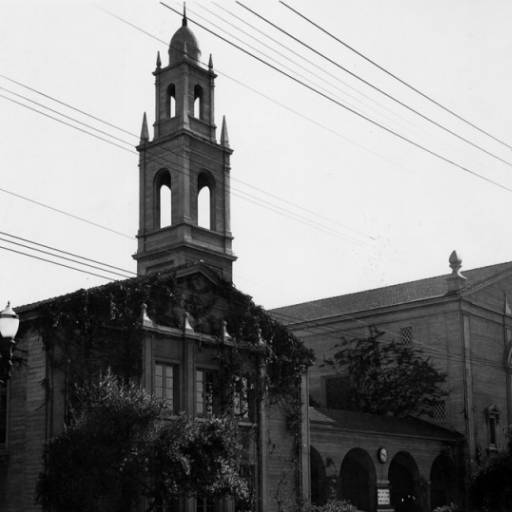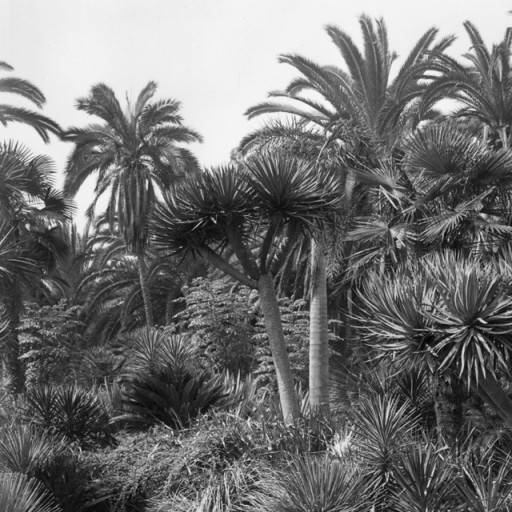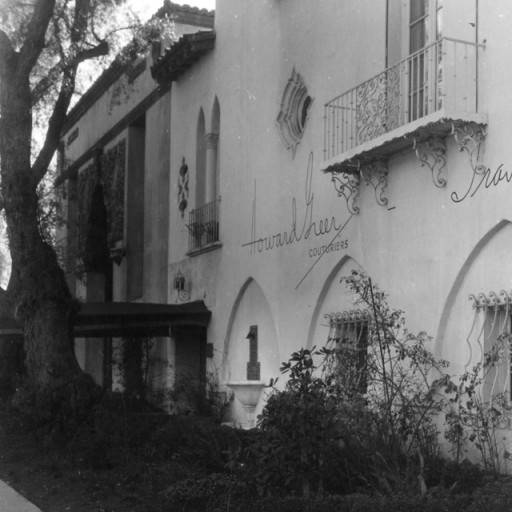The online photo archive of the Los Angeles Public Library (TESSA) contains many photos taken by professional photographers, including images from Rolland Curtis, Lucille Stewart, Herman Schultheis, Gary Leonard, and Ansel Adams. These artists worked for magazines, advertising firms, newspapers, studios, and even government agencies. (Stewart worked for Fletcher Bowron, Mayor of Los Angeles from 1938 to 1953.) These photographers were well known and well-respected for their craft.
The collection also, however, showcases snapshots taken by people who did not have the title or training of a professional photographer but whose photos capture a moment, document an event, or memorialize a spot in sunny Southern California. These folks captured the history of the City as much as the professional photographers.
Not much is known about L. Mildred Harris. She was a secretary who worked for a Methodist church somewhere in greater Los Angeles. She took many photos of the City between the late 1940s and the early 1970s. These snapshots became a visual record of developments in Los Angeles – construction, renovations, additions, and demolitions – during the post-WWII boom years. Her photos wound up with her employer, a minister, whose daughter brought them to the Los Angeles Public Library and noted, “She [Harris] was my dad’s secretary and we have these photos. Do you want them?”
The Library took the images only to discover that they provide viewers with a stroll down memory lane and a chance to see places and parts of the City which no longer exist. Photography may have been Ms. Harris’s passion or perhaps just a hobby. She may, possibly, simply have had the habit of taking a stroll with camera in hand. No one knows for sure her motivation, but what is certain is that she captured Los Angeles at a time of great growth and change.
NOTE: All photos in this blog post are from the L. Mildred Harris Slide Collection of the Los Angeles Photographers Collection and were taken by L. Mildred Harris.
Fort Moore Hill was the original site of a U.S. military fort utilized during the Mexican-American war. Providing panoramic views of what is now downtown Los Angeles, Elysian Park, and Hollywood, it was situated above what is now the juncture of the Hollywood Freeway and Broadway Street. The fort was decommissioned in 1853 and the hill became the site of a cemetery, then a saloon, and later one of the toniest neighborhoods in the area – Bunker Hill. A tunnel was bored through Fort Moore Hill in 1901, with construction being so noisy and disruptive that wealthy residents abandoned the area and left their homes to become boarding houses. Most of the Hill was removed in the 1930s with the remainder leveled out in 1949 for the Hollywood Freeway. Ms. Harris wrote an article about the history of Fort Moore Hill for the Historical Society of Southern California Quarterly (Volume 32, No. 2, June 1950, pages 133-138) which can be found in the Reference Section at the Los Angeles Public Library or can be previewed and/or downloaded from the JSTOR database.
Ms. Harris was looking southeast from the L.A. Board of Education Administrative Offices when she took this photo. In the foreground, one can see Fort Moore Hill being removed. In the distance, one can see (from left to right) the U.S. Post Office and Courthouse, City Hall, and the Hall of Justice.
August 2, 1949
Standing on the site of Fort Moore Hill during its excavation, one could look east and see the Post Office Terminal Annex (left), which was the main post office in Los Angeles. Built in the California Mission style in 1938, it processed over 4,000,000 pieces of mail daily until its decommission in 1994. Behind the Annex (in the distance) is Los Angeles County General Hospital.
August 2, 1949
Many Victorian mansions on Bunker Hill were turned into hotels after their owners left them. From left to right in this photo, we can see the Melrose Hotel “Annex”, the original Melrose Hotel, and a glimpse of the Richelieu Hotel. All these hotels were on South Grand Avenue.
April 16, 1955
Ms. Harris photographed the upper terminus of Angels Flight at its original location (juncture of Olive and 3rd Streets). Angels Flight, a funicular railway, opened in 1901 and ran for two uphill blocks, from the west corner of Hill Street at Third to its Olive Street terminus. The buildings on either side of the station were boardinghouses which would be demolished by the late 1960s during the redevelopment (and commercial construction) of Bunker Hill. This redevelopment also caused the dismantling of the original Angels Flight.
April 16, 1955
The demolition of the Health Building at 167 W. Temple Street is seen here. On the left is City Hall and behind the demolition site is the original Hall of Records (which would eventually face demolition itself).
April 15, 1955
Here Ms. Harris captures the demolition of the Hall of Records in September of 1973. (If you click on the photo, you will see an enlargement that shows the California State Building just to the right. It would be demolished three years later.)
March 22, 1973
The California State Building was a government office that opened in 1931 and stood at the corner of Broadway and 1st Street. (Its official address was 215 West 1st Street.) Forty years after it opened its doors, it was heavily damaged by the 1971 Sylmar Earthquake and became structurally unsafe. The 13-story Art Deco building was demolished in 1976. In this image, Ms. Harris captures the venue in all its glory (with City Hall peeking over its shoulder!)
May 11, 1950
Looking west from the City Hall, Ms. Harris points her camera at the future site of the Los Angeles County Courthouse, conceived as part of the 1947 Civic Center Master Plan which was to transform a large part of Bunker Hill into an axis of government buildings. The Courthouse formally opened on January 5, 1959. In 2002, it was renamed the Stanley Mosk Courthouse after former California Attorney General and California Supreme Court Justice Morey Stanley Mosk.
February 18, 1955
In this photograph, the imposing Los Angeles County Courthouse (designed to last 250 years!) is seen in the background of the construction site for the Los Angeles County Hall of Administration. Like the County Courthouse, the Hall of Administration would later be renamed in honor of a prominent Los Angeleno. The Kenneth Hahn Hall of Administration was named after “Kenny” Hahn, a member of the Los Angeles County Board of Supervisors for forty years.
May 25, 1957
Another bit of history that Ms. Harris captured was the construction of the Department of Water and Power Building. Completed in 1964, the building cost over $26,000,000. The building was renamed the John Ferraro Building in 2000 after long-serving Los Angeles City Council member John Ferraro.
January 25, 1964
One week after Thanksgiving in 1970, Mildred focused her camera northwest from City Hall and snapped a shot that featured (from upper left to right) the DWP Building, the Music Center, the Los Angeles County Department of Health Services, Hall of Administration, the new Hall of Records, the Criminal Courts Building (shown under construction), and the old Hall of Records (in foreground with spiked roof).
December 3, 1970
West Coast Radio City, an NBC radio facility designed in the Art Deco style, is seen here during the early stages of its demolition. (It would be replaced by a bank building in 1967.) Further south on Sunset Boulevard one sees the Sunset Vine Tower, the first skyscraper built in Los Angeles after the city repealed it building height limit of 14 stories.
May 3, 1964
May 3, 1964
The Police Administration Building is captured in this photo, taken shortly after its completion. This police headquarters building was located in downtown Los Angeles and would serve as the main police station for over 50 years. In 1966, the building would be renamed Parker Center after Police Chief William H. Parker. (Alas, it also faces demolition to make way for a 28-story office building.)
June 1, 1955
The Crocker Bank Tower was designed by architect William Pereira and is located at 611 West 6th Street in downtown Los Angeles. Ms. Harris took this photo a few months before its completion in 1967.
June 2, 1967
The Paramount Theatre, which opened as Grauman’s Metropolitan Theatre on January 26, 1923, with the premiere of the film “My American Wife” (and an in-person visit from the film’s star, Gloria Swanson), ranked as the largest movie theater in Los Angeles for many years, having the largest balcony and the longest projection throw in the city. In this image, Ms. Harris catches the grand dame as she makes a final bow.
March 10, 1962
The statue of Felipe De Neve stands in the plaza of Los Angeles’ historic Olvera Street district. In the background is the Methodist Headquarters Building.
NOTE: It is possible that the Methodist Headquarters, later renamed Biscailuz Building, was the site of Ms. Harris’s employer, though this is not known for certain. She could have worked next door in the Plaza Methodist Church which was built on the site of the adobe owned by Augustin Olvera (the man for whom Olvera Street is named).
March 16, 1956
Palm trees are being planted in Plaza Park (aka Father Serra Park) in downtown Los Angeles at the site which formerly housed the Dragon’s Den Restaurant and Casa de Lugo, the residence of Don Vincente Lugo, an early Los Angeles landowner and highly accomplished equestrian.
November 2, 1955
Standing at the construction site for the Santa Ana Freeway (which commenced construction in 1947, was finished in 1956, and encompassed Interstate 5/US 101), Ms. Harris could look northeast and see (from left to right), Los Angeles Transit Lines street cars and the United States Post Office Terminal Annex. (Clicking on the photo enables you to see a Los Angeles Gas Company gas holder and La Plaza Church on the right side of the photo.)
May 8, 1950
Ms. Harris captures the crossover spot for the Hollywood, Santa Ana, Harbor, and Pasadena freeways (near the Los Angeles Civic Center) on St. Patrick’s Day. This is a truly historic photo as the freeways are open and THERE IS NO TRAFFIC! (Could it be that everyone was somewhere celebrating?)
March 17, 1956
Thank you, L. Mildred Harris, for capturing L.A.’s history while it was being made!
So … what’s in your camera?

